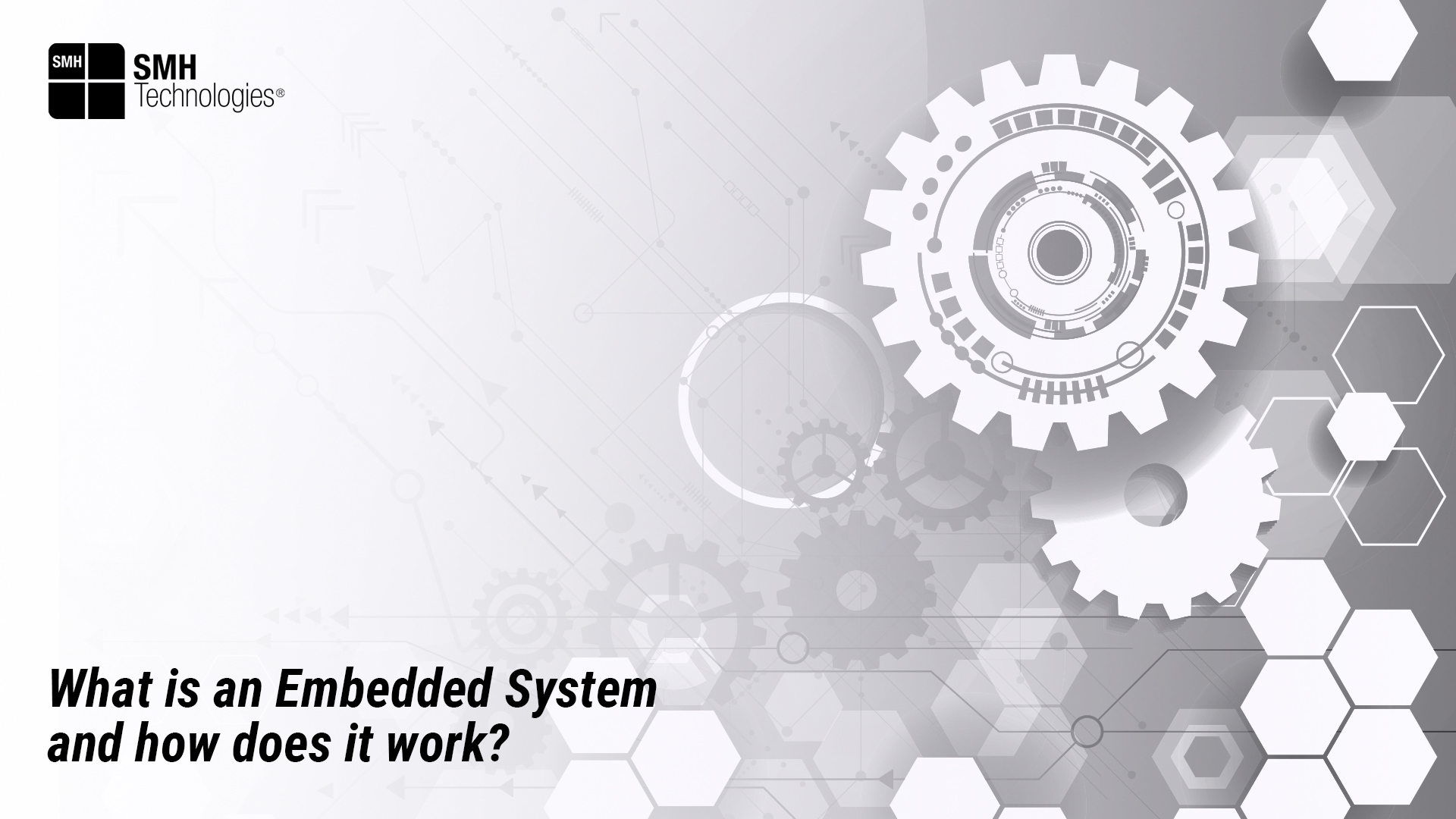Project Description
[This article is part of “Discover ISP”, the educational section of our Corporate Blog dedicated to those who are approaching the world of In-System Programming and Embedded Systems.]
What is an Embedded System: A Brief Introduction
An Embedded System is a microprocessor-based processing system integrated within an object or a larger system. It is equipped with software designed to perform a specific function for real-time operations.
Exploring the world of Embedded Systems unveils the core of modern automated solutions, highlighting their crucial role in technological advancement.
The complexity of an Embedded System varies significantly depending on its intended task. It can range from a single microcontroller to a series of processors with connected peripherals and networks, or even from no user interface to complex graphical interfaces.
Embedded Systems have a wide range of applications, from everyday household appliances like vacuum cleaners and microwave ovens to more complex sectors such as the automotive or medical industry.
Understanding these systems provides a foundation for grasping the seamless operations behind countless devices in our daily lives.
How Does an Embedded System Work?
Embedded Systems are designed to carry out a specific task. They generally consist of a processor, a power supply, a memory, and communication ports, but their configuration depends on the complexity of the action to be performed.
By focusing on designated tasks, these systems ensure optimal performance with minimal resource expenditure.
To simplify and explain how an Embedded System works, it could be said that the communication ports are used to send data to the processor, acting as a bridge between the peripherals, which then instructs the processor to interpret the data.
There are various types of Embedded Systems that can be categorized based on performance and functionalities. This categorization underlines the diversity and adaptability of Embedded Systems, catering to a broad spectrum of industrial and consumer needs. Small-scale, medium-scale, or sophisticated-scale Embedded Systems can be discussed.
This categorization depends on the chosen microcontrollers (8, 16, 32-bit, or more complex systems). Alternatively, based on functionalities, there are Standalone Embedded Systems, Mobile Embedded Systems, Network Embedded Systems, and Real-time Embedded Systems.
Main Benefits About Embedded Systems
The configuration choice of an Embedded System depends on numerous factors related to the tasks they are tasked with and the environment in which they are integrated. In general, the aim is to minimize human intervention and efficiently complete tasks.
The evolution of Embedded Systems continues to redefine efficiency, making everyday operations smoother and more intuitive.
The benefits arising from their use include ease of use, optimization of performance in terms of execution times, energy consumption, and memory capacity. Additionally, they allow for size reduction and increased flexibility.
Embedded Systems stand at the intersection of innovation and practicality, driving forward the capabilities of modern technology.



